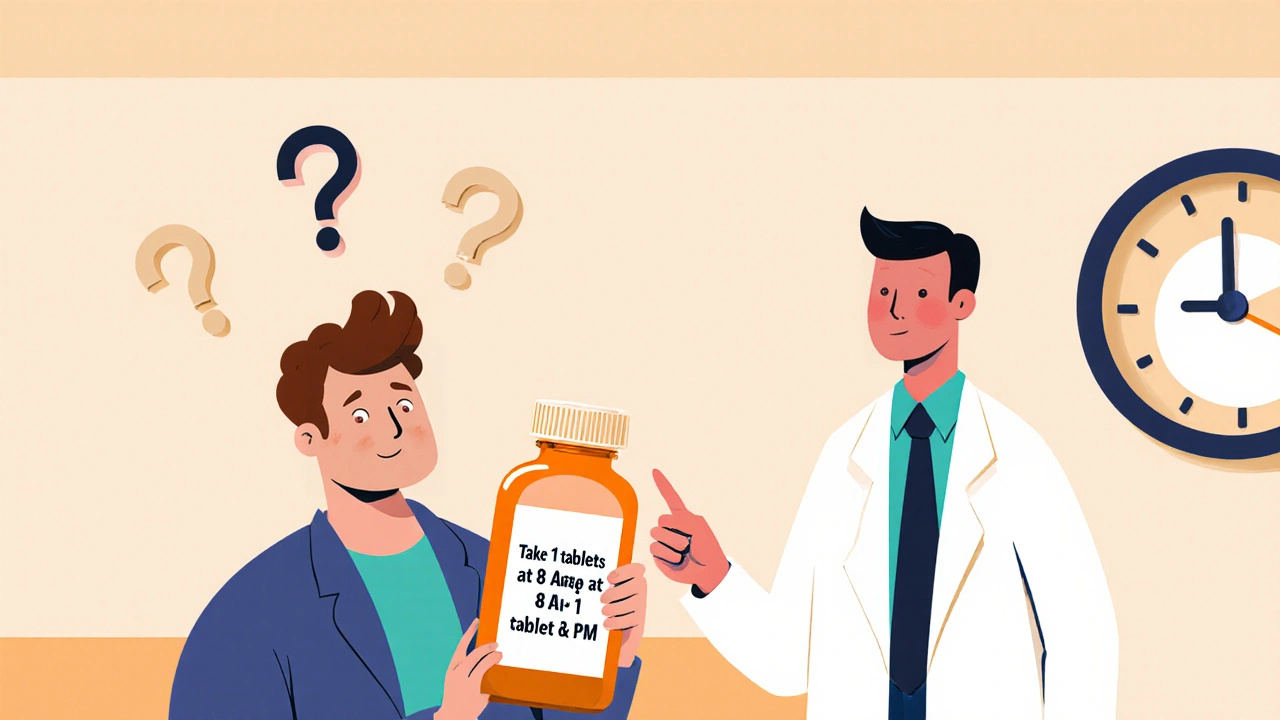When you take a medication isn’t just a habit—it’s part of how it works. dosage timing, the specific time of day or interval between doses that maximizes effectiveness and minimizes side effects. Also known as medication schedule, it can mean the difference between relief and discomfort, or even safety and risk. Take blood pressure pills at night? Maybe. Take antibiotics every 8 hours? That’s not optional. Skip it, and the drug doesn’t work right. Take it with food when it should be empty stomach? You might not absorb it at all.
Many people don’t realize how much drug interactions, how one medication affects the way another behaves in your body. Also known as pharmacokinetic interference, it changes with timing. For example, clozapine levels drop nearly in half if you smoke—so if you quit smoking without telling your doctor, your dose could suddenly become too strong. Or take indapamide in the evening? You might end up waking up every hour to pee. Timing isn’t just about convenience—it’s biology. Your liver, kidneys, and gut don’t work the same at 2 AM as they do at 8 AM. Some drugs are absorbed better on an empty stomach. Others need food to reduce nausea or boost absorption. Even something as simple as taking your thyroid pill with coffee can block it completely.
And then there’s medication adherence, how consistently you take your pills exactly as prescribed. Also known as compliance, it is the silent killer behind treatment failure. A study in the New England Journal of Medicine found that people who took their blood pressure meds at night had 45% fewer heart attacks and strokes than those who took them in the morning. Why? Because their body’s natural rhythm matched the drug’s action. But if you forget, skip, or shift times randomly, you’re not just being lazy—you’re risking your health. It’s not about willpower. It’s about systems. Set phone alarms. Use pill organizers. Link taking meds to daily habits—brushing teeth, eating breakfast, turning off the TV. These aren’t tricks. They’re science-backed tools.
Some meds need to be spaced evenly—like antibiotics or antivirals—because your body breaks them down fast. Others, like extended-release painkillers, are designed to last 12 or 24 hours, so splitting doses won’t help and might hurt. And don’t assume all generics work the same. A generic version of a drug might release differently than the brand, changing how timing affects you. That’s why your pharmacist should know your full list—especially if you’re on clozapine, voriconazole, or any drug affected by smoking, kidney disease, or liver enzymes like CYP1A2.
There’s no one-size-fits-all clock for pills. Your timing depends on the drug, your body, your lifestyle, and even your diet. The posts below break down real cases: how drospirenone helps with menstrual migraines only if taken daily at the same time, why taking dimenhydrinate before a trip matters more than after, how indapamide side effects spike if taken too late, and why taking beta-blockers before exercise can make fatigue worse. You’ll see how timing isn’t a footnote—it’s the main instruction. Get it right, and you’re not just following rules. You’re taking control.
Posted by
Paul Fletcher
14 Comments

Learn how to read prescription labels correctly to avoid dangerous dosing mistakes. Understand what terms like 'twice daily' really mean, why mL matters for liquids, and how to handle 'as needed' meds safely.
read more